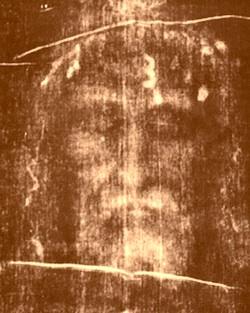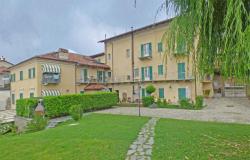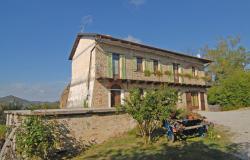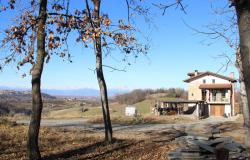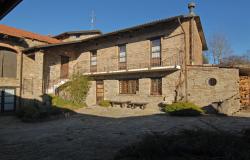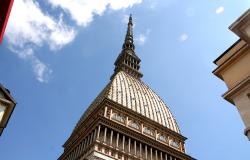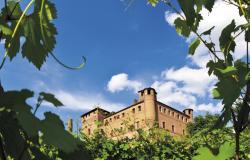Vatican researcher Dr Barbara Frale has claimed in a new book, La Sindone di Gesù Nazareno, that there is faint text on the Turin Shroud. The Shroud, which is believed by many to have been the burial cloth of Christ, bears the image of a crucified man with bleeding hands and feet.
Dr Frale, who used computer-enhanced images of the Shroud for her studies, says that words in a mixture of Greek, Latin and Aramaic appear in the images and that among them are “Jesus Nazarene” - in Greek - and a possible reference to Tiberius, the Roman Emperor at the time of the Crucifixion.
Dr Frale believes that the Greek reference to Jesus dates the Shroud to the time of Christ as later Christians would have referred to Christ’s divinity. There is also a reference to the body having been “removed at the ninth hour” which correlates with the account of the time of Christ’s death in the Gospel of John.
Dr Frale thinks that the text was written on papyrus or a scroll by a mortuary official and then attached to the Shroud so that relatives would have been able to retrieve the body from a common grave after one year. She believes that some of the ink seeped onto the Shroud and left the imprint. If this is true, what she has seen is the death certificate of Christ.
Other scholars and researchers have proved sceptical about Dr Frale’s claims, however, pointing to the results of the 1988 radiocarbon dating of the Shroud, which found that the cloth was of a type made in the thirteenth and fourteenth centuries.
Some scientists later began to doubt the validity of the 1988 study as the sample of cloth used was not representative of the whole. The Vatican has never accepted nor repudiated the authenticity of the Shroud but does consider it an important symbol for Christians.
The Shroud has been kept in Turin’s Duomo di San Giovanni since 1578 and was only put on display four times during the twentieth century – once per generation - and the last public viewing took place in 2000. But in 2008 Pope Benedict announced that the Shroud will be displayed in 2010 rather than 2025, as previously planned. A replica is on permanent display in the Cathedral.
